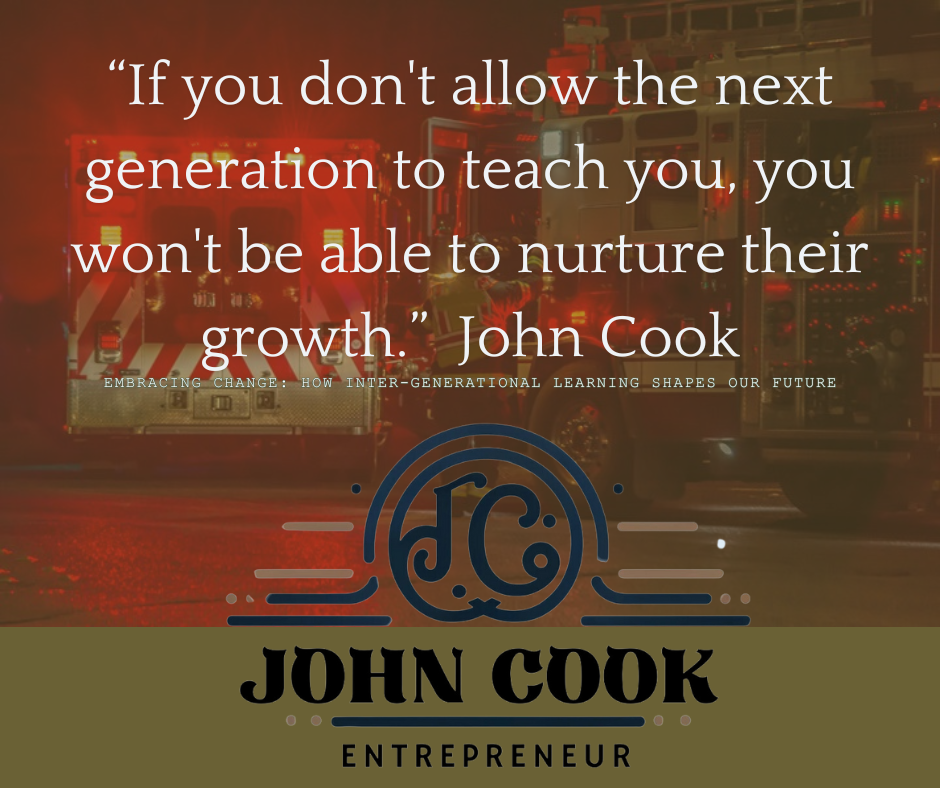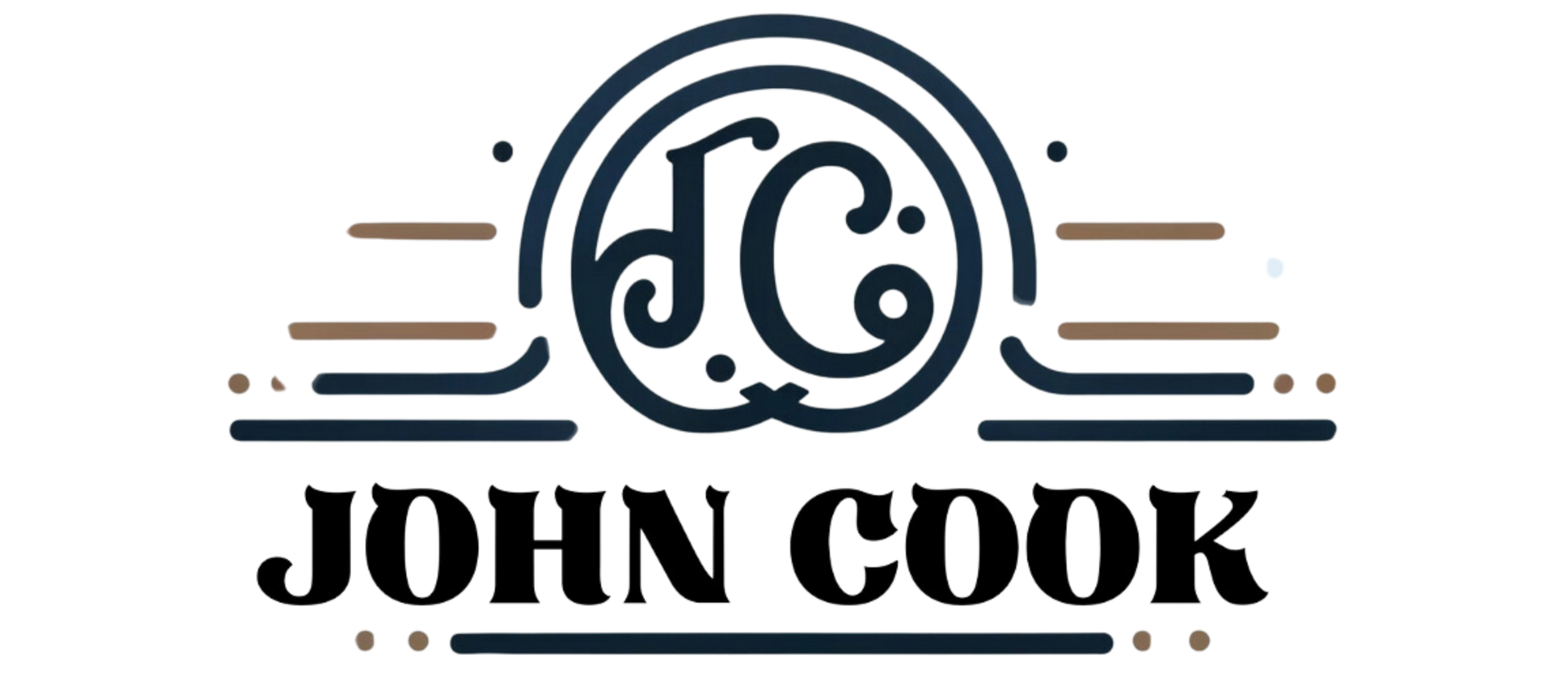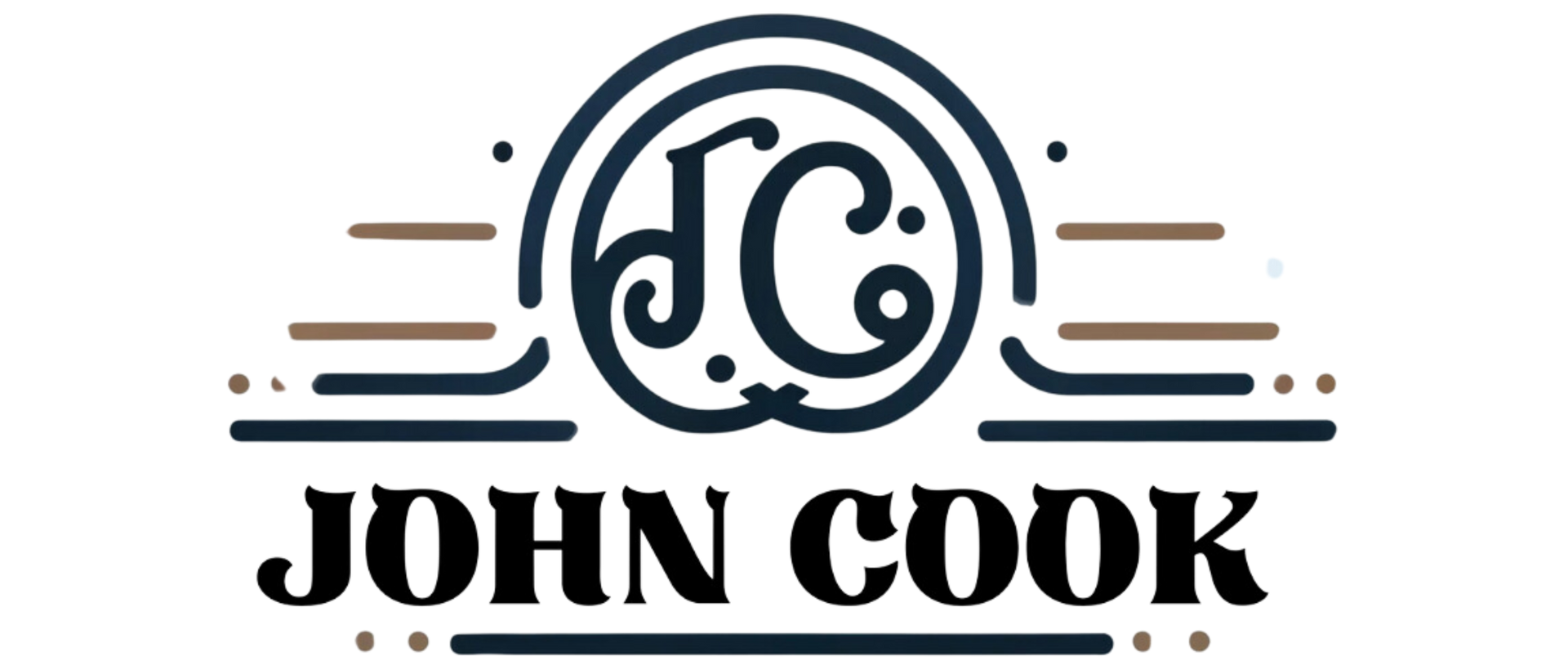Embracing Change
Forging the Future: The Power of Inter-generational Collaboration in the Fire Service

Introduction: Bridging Generations for a Stronger Future
In any field, the blend of seasoned wisdom with fresh innovation sparks progress and resilience. Nowhere is this synergy more critical than in the fire service, where lives and property are at stake every day. As we navigate a world that is rapidly changing technologically and culturally, the fire service stands as a beacon of adaptability and steadfastness, thanks largely to its embrace of inter-generational learning.
The Essence of Inter-generational Learning
Inter-generational learning within the fire service is not just about passing down knowledge from older to younger members; it’s about creating a two-way exchange where experience meets innovation. This learning dynamic forms the backbone of a fire department's capability to respond to emergencies effectively and efficiently. It encompasses everything from traditional firefighting techniques to the latest in fire science and technology.
Adapting to a Changing Landscape
The firefighting landscape itself has evolved dramatically over the decades. Urban expansion, the rise of high-tech materials in construction, and the increasing frequency of climate-related emergencies demand a response strategy that is both historically informed and forward-thinking. Veterans bring insights from past challenges and successes, while the younger generation introduces new tools and methodologies, such as digital communication platforms and data analytics, which are vital in modern firefighting operations.
The Role of Cultural Shifts
Moreover, the fire service reflects broader societal changes, including shifts in workplace culture and community engagement. Today’s fire service must navigate these changes while maintaining the trust and confidence of the community it serves. Embracing diversity, fostering inclusivity, and promoting mental health awareness are now as important as physical training and tactical proficiency. Here, again, inter-generational learning is key, as it helps blend traditional values with contemporary societal norms.
Setting the Stage for Detailed Exploration
As we move forward into the specific examples and case studies, it becomes clear that the fire service’s commitment to inter-generational learning is not just beneficial but essential. It ensures that the fire service not only adapts to the present but is also well-prepared for future challenges. The following sections will showcase how different departments have successfully implemented this learning approach, leading to improved outcomes in emergency responses, community interaction, and firefighter well-being.
The Value of New Perspectives:
The infusion of new perspectives from younger firefighters is transforming the fire service in several fundamental ways. This generation has been raised in an era dominated by rapid technological advancement and shifting societal norms, which they can leverage to enhance traditional firefighting methods.
- Technological Integration: Young firefighters often bring a deep familiarity with technology that can lead to significant improvements in how fire departments operate. For example, the use of GIS (Geographic Information Systems) for advanced mapping of fire incidents, or the integration of AI (Artificial Intelligence) to predict fire patterns and optimize response strategies. These tools can help fire departments respond more quickly and effectively, potentially saving more lives and properties.
- Enhanced Communication: The digital proficiency of younger firefighters extends to communication, where platforms like social media are used not only for public engagement and education but also for internal communication and coordination during emergencies. Younger members can introduce more efficient communication tools and protocols that enhance the coordination during large-scale operations or multi-agency responses.
- Sustainable Practices: Sustainability is increasingly important in all sectors, including emergency services. Younger firefighters are often more aware of and committed to sustainable practices. This can influence everything from the materials used in fire stations to the procedures for handling hazardous materials at a fire scene. By adopting more environmentally friendly practices, fire departments can lead by example in their communities, promoting sustainability.
- New Training Techniques: The educational background of newer firefighters, often including more formal education in fire science and emergency management, allows them to bring different training techniques and learning tools into the fire service. This might include virtual reality simulations for training scenarios, which can provide realistic, hands-on experience without the risks associated with live fire training.
- Changing Department Culture: Lastly, the younger generation often champions a culture that prioritizes mental health and inclusivity. This shift can help improve the long-term well-being of firefighters by fostering a more supportive and open environment. Introducing mental health resources, promoting work-life balance, and encouraging a culture of inclusivity can lead to healthier, more resilient firefighting teams.
Mutual Benefits of Shared Knowledge:
Inter-generational learning in the fire service enables a symbiotic exchange of knowledge: veteran firefighters offer wisdom gained from years of experience, while newer firefighters contribute insights into modern technologies and practices. This exchange not only improves tactical approaches but also fosters a deeper sense of camaraderie and respect across different age groups within the service. It ensures that the wisdom of experienced firefighters is preserved and passed on, while innovations continue to evolve the field.
Case Studies: Successful Inter-generational Learning in the Fire Service
Many fire departments have formal mentorship programs where seasoned firefighters train and guide recruits through real-world scenarios, combining traditional firefighting techniques with modern technological applications. This mentorship extends beyond technical skills, encompassing critical thinking, decision-making under pressure, and leadership—qualities essential for the high-stakes nature of firefighting.
- Mentorship Programs in Urban Fire Departments: One of the largest fire departments in the United States, located in New York City, implemented a mentorship program pairing veteran firefighters with new recruits. This program focuses on transferring tacit knowledge that isn't easily captured in manuals or training guides—like reading smoke patterns and making split-second decisions. The results have been significant, with measurable improvements in the effectiveness of fire response and a decrease in on-site accidents due to enhanced situational awareness passed down from experienced firefighters.
- Tech Integration in Suburban Fire Stations: A fire station in California introduced a pilot program where younger tech-savvy firefighters led workshops on using advanced software for logistics and resource management. This program was designed to optimize response times and improve resource allocation. The younger firefighters introduced apps and tools for real-time communication and tracking, which were initially met with skepticism but eventually led to a 30% improvement in the department's efficiency during emergencies.
- Rural Firefighting and Drone Technology: In a rural part of Colorado, a community fire department faced challenges with large, spread-out areas which made traditional methods of surveillance and assessment slow and sometimes ineffective. A recent initiative led by younger members involved the use of drone technology to assess wildfires. These drones provided real-time data and visuals of fire spread, allowing for better strategy formulation and resource deployment. This not only sped up response times but also reduced the risk to firefighters by providing detailed pre-entry data.
- Inter-generational Workshops on Fire Safety Education: In Washington, D.C., a program was initiated that combined the efforts of retired firefighters and new recruits to deliver fire safety education in schools. The retirees shared their vast experience and personal stories which resonated well with the community, while the newer firefighters introduced interactive technologies and simulations to engage students more effectively. This approach not only enhanced community outreach but also fostered a learning environment between the old and new firefighters.
- Health and Wellness Initiatives: A fire department in Michigan launched a health and wellness program that addressed both physical and mental health, spearheaded by a mix of older and younger firefighters. The initiative included physical fitness programs tailored to different age groups and health profiles, and mental health resources including workshops on dealing with trauma and stress management. This program led to improvements in overall firefighter health and morale, showcasing the benefits of a holistic approach to firefighter well-being.
Integrating inter-generational learning into the fire service requires overcoming certain challenges, such as resistance to new methods from veteran members or a lack of appreciation for traditional techniques among newer firefighters. Departments must cultivate an open, inclusive culture that values learning and innovation in equal measure. This can be facilitated through continuous training programs, workshops, and open forums that encourage dialogue and exchange.
In the fire service, where lives and properties are at stake, the importance of harnessing the collective knowledge and strengths of all generations cannot be overstated. By fostering an environment where every member, young or old, is both a teacher and a learner, fire departments can ensure that they are not only equipped to handle the challenges of today but are also preparing for the complexities of tomorrow. Embracing inter-generational learning within the fire service is crucial for developing a responsive, resilient, and capable workforce.



